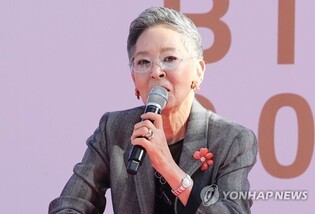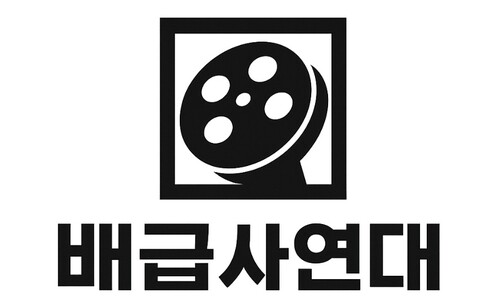(Yonhap Interview) defense minister-missile
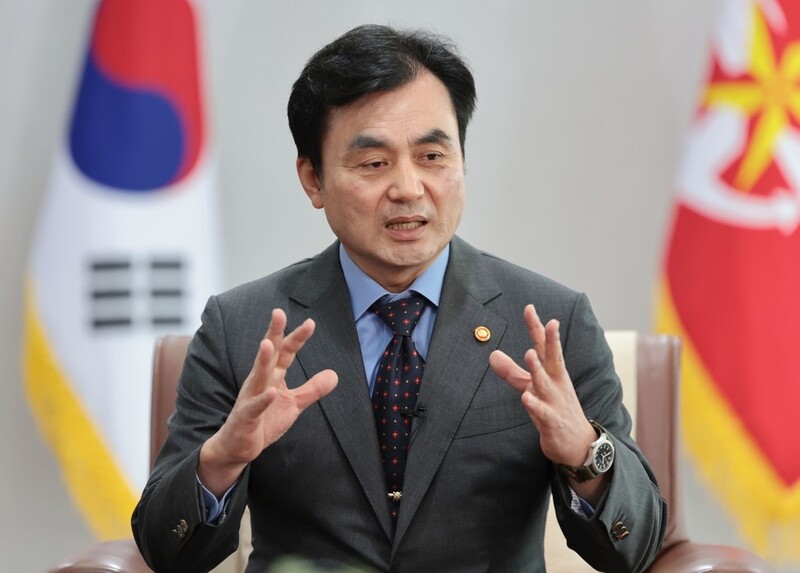 |
| ▲ Defense Minister Ahn Gyu-back speaks to Yonhap News Agency during an exclusive interview at the ministry complex in Seoul on Oct. 16, 2025. (Yonhap) |
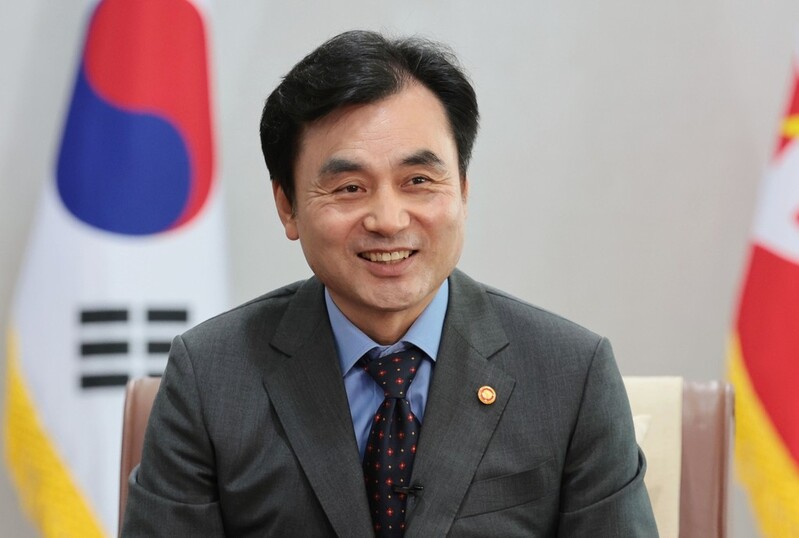 |
| ▲ Defense Minister Ahn Gyu-back speaks to Yonhap News Agency during an exclusive interview at the ministry complex in Seoul on Oct. 16, 2025. |
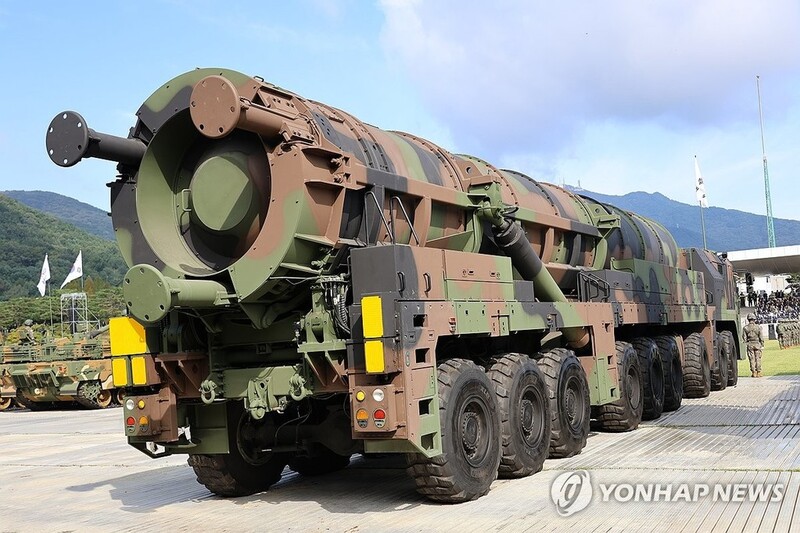 |
| ▲ This Oct. 1, 2025, file photo shows the Hyunmoo-5 ballistic missile showcased during a media day event ahead of the Armed Forces Day in Gyeryong, South Korea. (Yonhap) |
(Yonhap Interview) defense minister-missile
(Yonhap Interview) S. Korea to begin deploying 'monster' Hyunmoo-5 missile at year-end: defense chief
By Lee Minji and Kim Hyun-soo
SEOUL, Oct. 17 (Yonhap) -- South Korea will begin to deploy the Hyunmoo-5 missile, a centerpiece of the military's retaliation plan against a major North Korean attack, at the end of this year to achieve a "balance of terror" tantamount to the North's nuclear threats, the defense chief has said.
Defense Minister Ahn Gyu-back unveiled the plan in an interview with Yonhap News Agency on Thursday, in a rare acknowledgement of the high-power missile that has been mostly cloaked in secrecy due to its strategic importance.
"As South Korea is a member of the Nuclear Non-Proliferation Treaty (NPT) that cannot own nuclear arms, I firmly believe we should possess a considerable amount of Hyunmoo-5 monster missiles to achieve a balance of terror," Ahn said.
"Mass production has begun, and measures are being sought to significantly increase output," the defense chief said, confirming the deployment of the powerful missile will begin at year-end.
The ground-to-ground missile, dubbed the "monster" missile for its size, is known to be able to carry a warhead weighing about eight tons and capable of destroying underground bunkers. The military first disclosed the Hyunmoo-5 during the Armed Forces Day ceremony last year.
Ahn called for a substantial buildup of the military's strike arsenal across different levels and functions, ranging from Joint Direct Attack Munitions to what he called an upgraded version of the Hyunmoo-5 with a longer target range and a more powerful warhead, without further elaboration.
The defense chief's remarks came as North Korea has been beefing up its weapons development, likely emboldened by technological assistance from Russia amid their growing military alignment.
Last week, the North unveiled the new Hwasong-20 intercontinental ballistic missile (ICBM) for the first time during a massive military parade, attended by high-ranking officials from Beijing and Moscow in a display of their unity against the United States.
Ahn said North Korea may attempt to launch the new ICBM this year, citing movements detected near a missile launch pad. The North's latest ICBM test took place in October last year, involving the Hwasong-19.
On North Korea's ICBM capabilities, the defense minister said while its ICBMs are likely capable of reaching the U.S. mainland, in sheer terms of flight distance, the North has not secured key technologies, such as those on atmospheric reentry or multiple warheads.
Meanwhile, Ahn voiced confidence in the Lee Jae Myung government's push for a transfer of a conditions-based wartime operational control (OPCON) from Washington to Seoul within Lee's five-year term.
South Korea handed over operational control of its forces to the U.S.-led U.N. Command during the 1950-53 Korean War. It was then transferred to the allies' Combined Forces Command when it was launched in 1978. While wartime operational control has remained in U.S. hands, South Korea retook peacetime OPCON in 1994.
"The military has striven for the past 20 years or so and, as a result, made considerable progress," the defense chief said on the evaluation process for the handover, calling for continued efforts to meet the conditions.
The prearranged conditions between South Korea and the U.S. require Seoul to secure the ability to lead combined forces, and strengthen strike and air defense capabilities amid a regional security environment supportive of the handover.
"Yes," Ahn said, when asked about the feasibility of the handover during Lee's term. "It must happen."
On concerns that the OPCON handover may lead to a readjustment in the role of the U.S. Forces Korea (USFK) amid Washington's push for burden-sharing with allies, Ahn ruled out such a possibility, citing his conversations with senior U.S. officials.
The issue has persisted amid speculations over a possible readjustment in the role of the 28,500-strong USFK as Washington puts an increasing emphasis on countering an assertive China in the region.
"An adjustment in the USFK is something that should be mutually discussed upon. A unilateral change is impossible," Ahn said.
On a similar note, Ahn said a change in troops or weapons systems of the USFK in the event of a contingency in the Taiwan Strait would "not be easy" without consultations with Seoul, while noting the issue is important for regional stability.
Amid a U.S. push for allies to increase their defense spending, Ahn said South Korea aims to increase the figure to 3.5 percent of the country's gross domestic product "as early as possible," hinting it may be achievable before 2035.
South Korea recently increased its defense spending for next year by 8.2 percent, which includes a 22.3 percent on-year hike for strengthening its three-axis deterrence structure against North Korean threats.
"While there was a U.S. request for the 3.5 percent (goal), it should also take place in a proactive, systemic and stable manner to improve our defense strength and self-reliant defense capabilities," Ahn said, calling for a continued on-year increase of around 8 percent annually.
Seoul and Washington are expected to discuss a range of security issues involving the alliance in an upcoming annual defense ministerial meeting next month, ranging from alliance modernization to OPCON transition.
Ahn, a five-term lawmaker, took office as the country's first civilian defense chief in 64 years. He is the first minister to lead the defense ministry following former ousted President Yoon Suk Yeol's botched martial law imposition.
(END)
(C) Yonhap News Agency. All Rights Reserved




















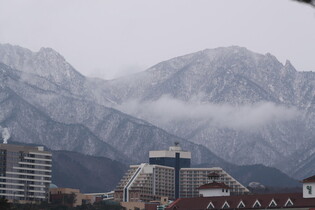
![[풀영상] 영화 '하트맨' 제작보고회|권상우 Kwon Sangwoo·문채원 Moon Chaewon·박지환 Park Jihwan·표지훈 피오 P.O|HEARTMAN](/news/data/20251211/p179554806839266_806_h.jpg)

